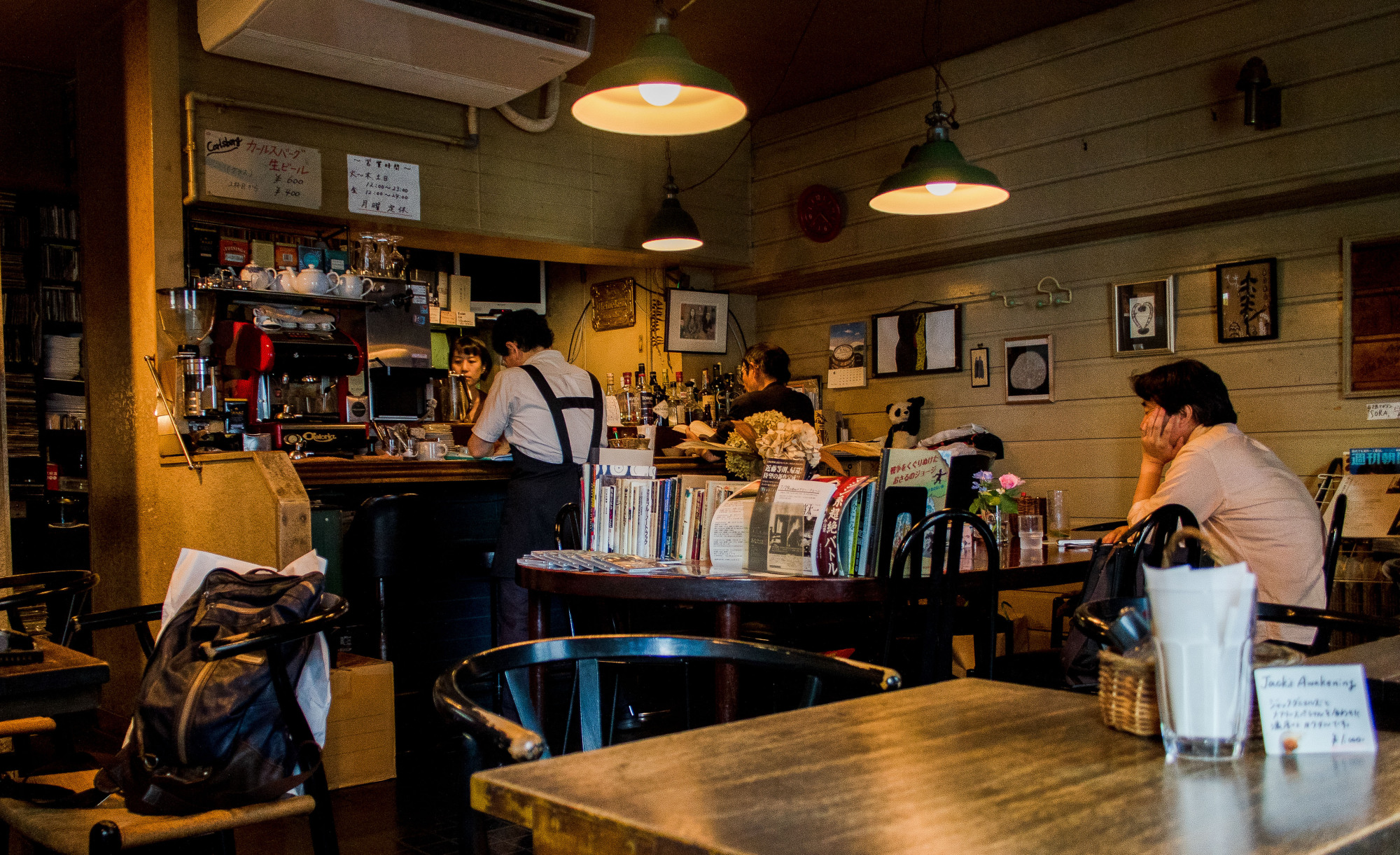The late Donald Richie, a legendary chronicler of 20th century Japan, once said that to accept life in Tokyo, you must embrace constant change and not give in to nostalgia. In the 60 years he lived in this great city he saw multiple transformations — from the immediate post-World War II days to the economic miracle of the bubble years. To him, Tokyo was a constant whirl of redevelopment and expansion.
It's hard to not get lost in nostalgia for the old days, though. In the rush to build ever more commercial complexes in Shinjuku and Shibuya, old streets are lost forever. My own version of Tokyo is inextricably intertwined with the world of jazz kissaten — the old cafes where owners play vinyl, regulars drink coffee or whiskey and the digital world is forgotten, if only for a couple of hours. Sadly, we've lost one of central Tokyo's last jazz cafe holdouts with the closure of Mary Jane.
The Sakuragaoka block, located south of Shibuya Station, has been demolished to make way for another high-rise development as part of a project to ostensibly improve infrastructure and facilities in the run-up to the 2020 Tokyo Olympics. Yet at what cost? Fujiiya Honten, a basement standing-bar drinking den that had been on the same street as Mary Jane for almost 50 years, also closed its doors in late October. Gone are two icons of Showa Era Tokyo located just seconds from the 21st-century madness of Shibuya's scramble.



















With your current subscription plan you can comment on stories. However, before writing your first comment, please create a display name in the Profile section of your subscriber account page.